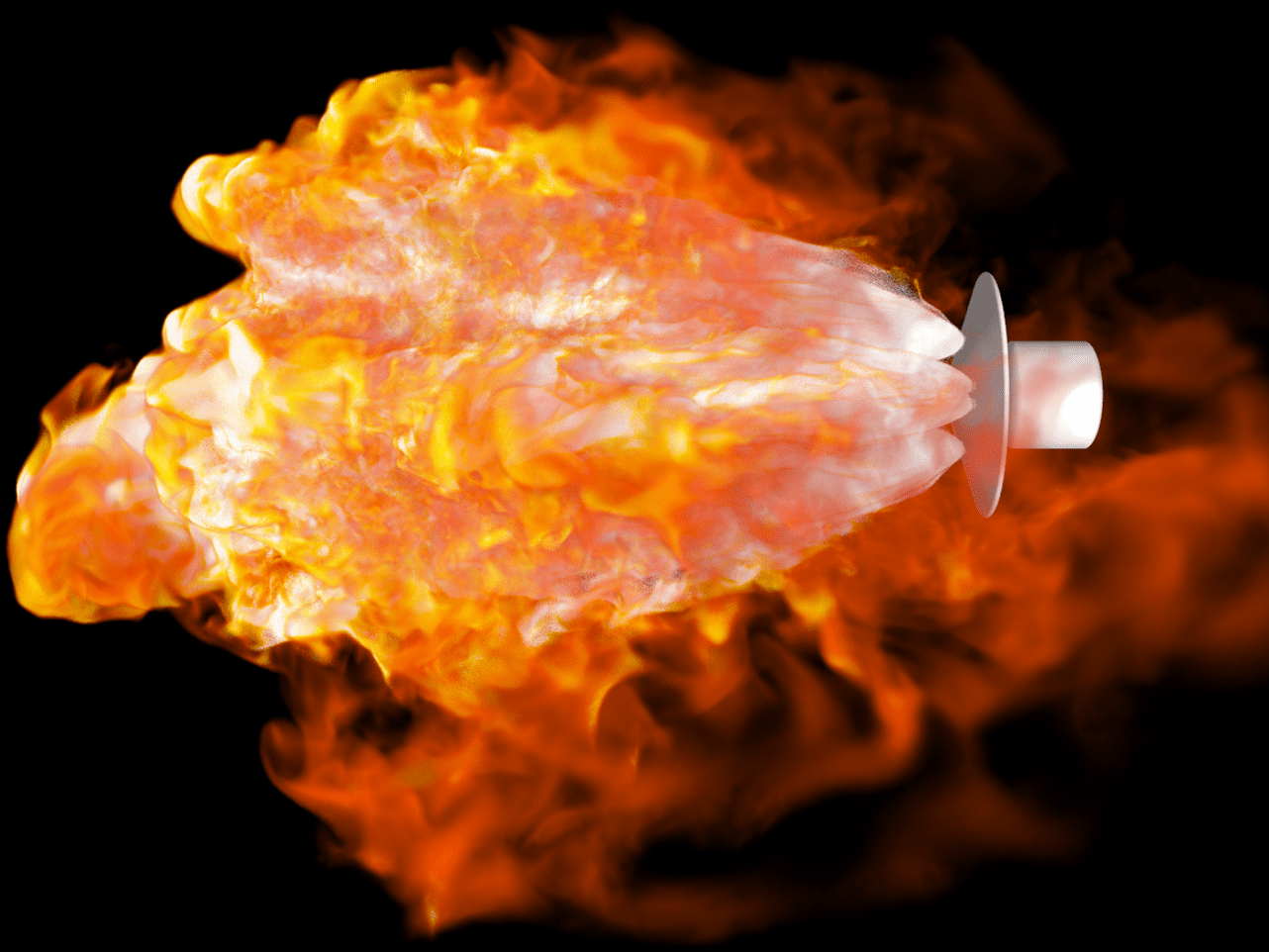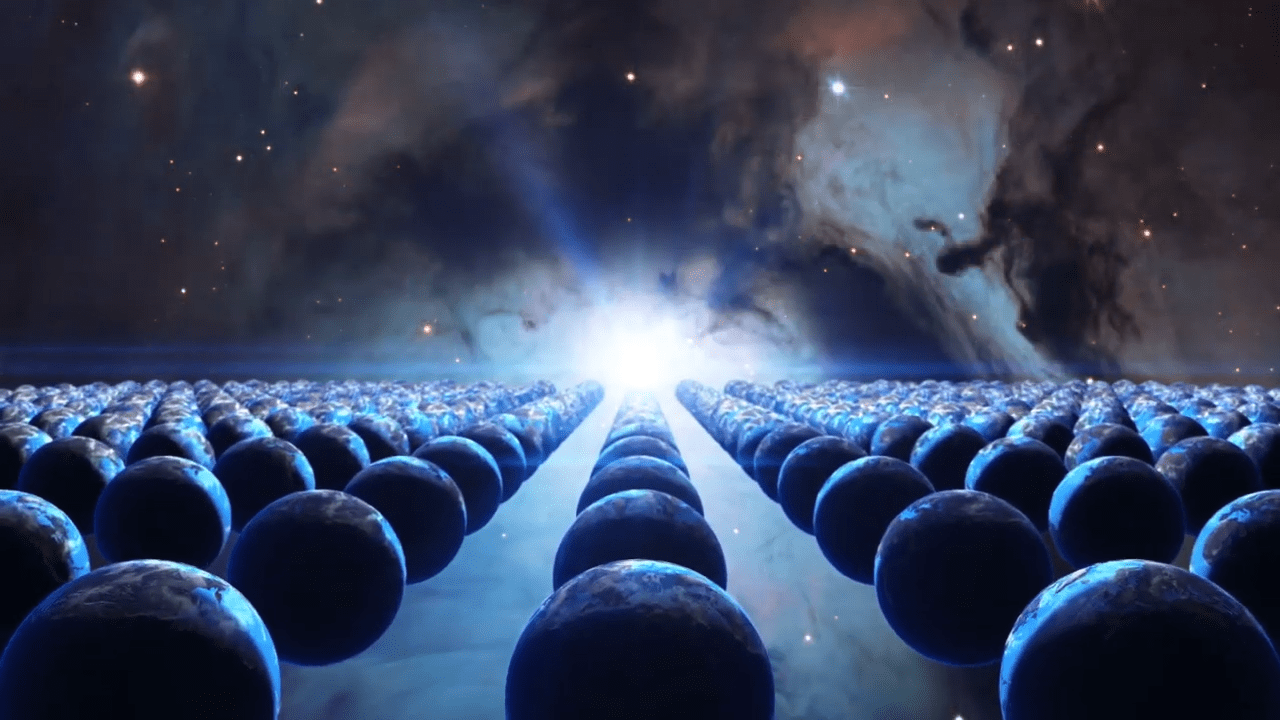Supercomputer Simulates How Humans Will ‘Brake’ During Mars Landing
A NASA team uses supercomputing to evaluate a retropropulsion-powered descent to the Martian surface for a Mars landing. The type of vehicle that will carry people to the Red Planet is shaping up to be “like a two-story house you’re trying to land on another planet. The heat shield on the front of the vehicle ...













